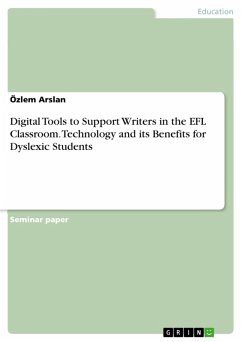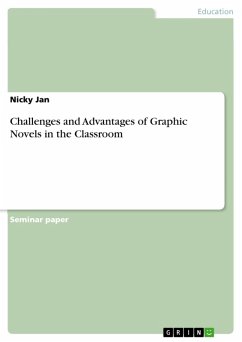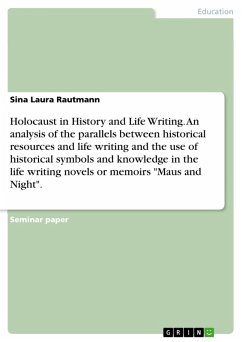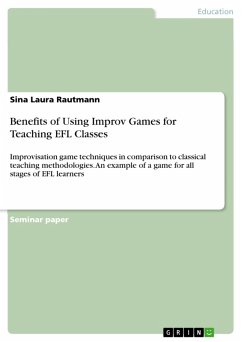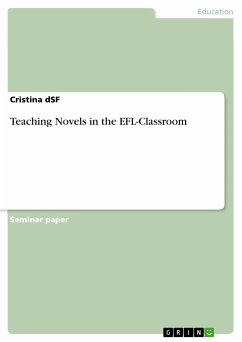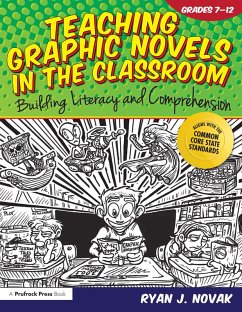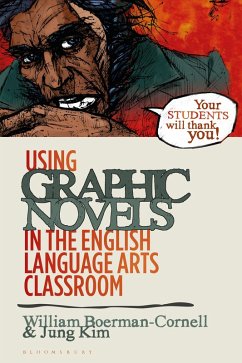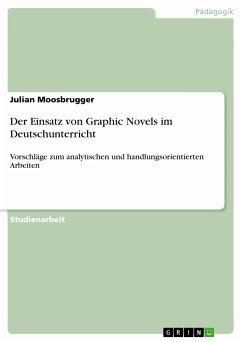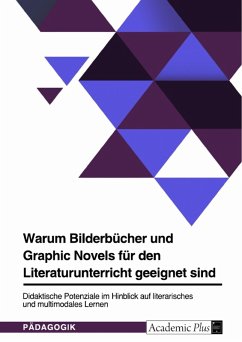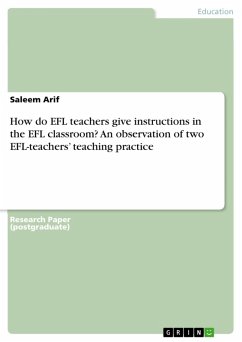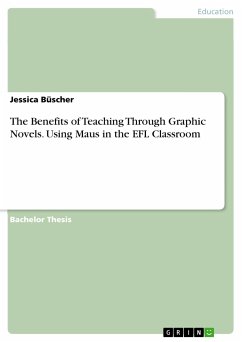
The Benefits of Teaching Through Graphic Novels. Using Maus in the EFL Classroom (eBook, PDF)
Sofort per Download lieferbar
Statt: 27,95 €**
18,99 €
inkl. MwSt. und vom Verlag festgesetzt.
**Preis der gedruckten Ausgabe (Broschiertes Buch)
Alle Infos zum eBook verschenkenWeitere Ausgaben:

PAYBACK Punkte
0 °P sammeln!
Bachelor Thesis from the year 2020 in the subject Didactics for the subject English - Literature, Works, grade: 1,6, University of Paderborn, language: English, abstract: In this paper, I will argue that the usage of the graphic novel "The Complete Maus" by Art Spiegelman is beneficial in the EFL classroom and will improve students' communicative competencies in learning English as a foreign language. "Graphic novels let you take risks that just wouldn't fly in the conventional book form". This quote by the American professor Karin Slaughter proves that the genre of graphic novels is special a...
Bachelor Thesis from the year 2020 in the subject Didactics for the subject English - Literature, Works, grade: 1,6, University of Paderborn, language: English, abstract: In this paper, I will argue that the usage of the graphic novel "The Complete Maus" by Art Spiegelman is beneficial in the EFL classroom and will improve students' communicative competencies in learning English as a foreign language. "Graphic novels let you take risks that just wouldn't fly in the conventional book form". This quote by the American professor Karin Slaughter proves that the genre of graphic novels is special and therefore needs more attention. Still, many people have prejudices and think of graphic novels as an embellished term for comics which shows that it is a controversial topic. However, graphic novels are way more than just picture books as they deal with complicated topics and storylines, developing characters and detailed drawings. Reading a graphic novel can be more difficult and challenging as a "usual" book as readers need to engage with the writing and the drawings and connect both in order to create meaning. The curriculum for the subject of English does not clearly state or suggest the usage of comics or graphic novels in the EFL classroom which is probably why the medium finds little to no space in the classroom. However, it's potential in the current competence-oriented curriculum is big as it can nurture the reading and writing competencies, the intercultural and lexical competencies as well as the training of a visual literacy which has never been so important as we are living in a visual world. That is why I will research how using graphic novels in general but also how using the specific graphic novel The Complete Maus by Art Spiegelman in the EFL classroom can improve student's communicative competencies. I picked this book as it is one of the most popular and powerful graphic novels. Spiegelman even received the Pulitzer Prize for his memoir of the Holocaust. In the first part of this work I will focus on the theoretical background of graphic novels and their characteristics as this builds the foundation of this paper. Next, I will continue with the second part of the theoretical background by looking at the competencies of visual literacy and intercultural communicative competence as . In the next and main part of this paper, I will shortly analyze Maus and set my teaching goals before creating a concept for the EFL classroom. The concept will contain specific lesson plans with its material.
Dieser Download kann aus rechtlichen Gründen nur mit Rechnungsadresse in A, B, BG, CY, CZ, D, DK, EW, E, FIN, F, GR, HR, H, IRL, I, LT, L, LR, M, NL, PL, P, R, S, SLO, SK ausgeliefert werden.




